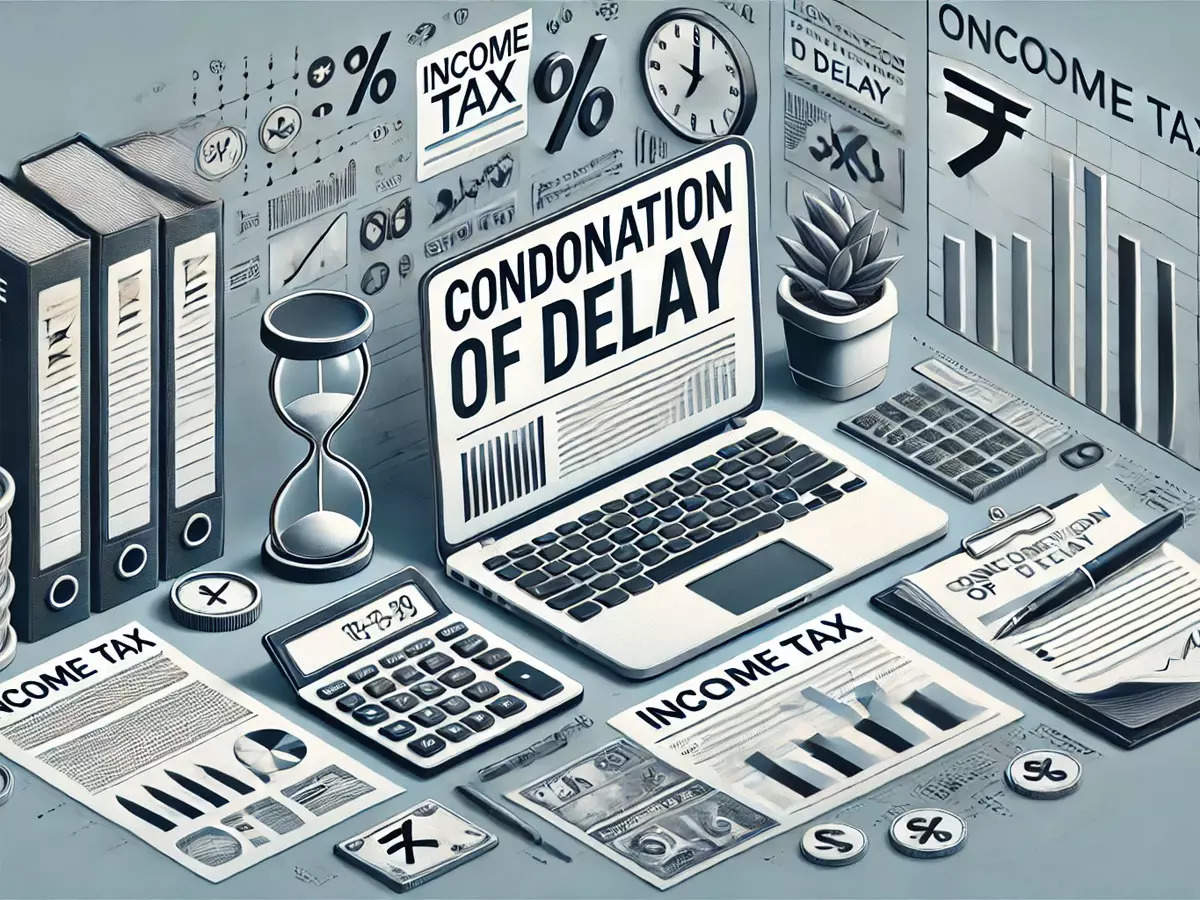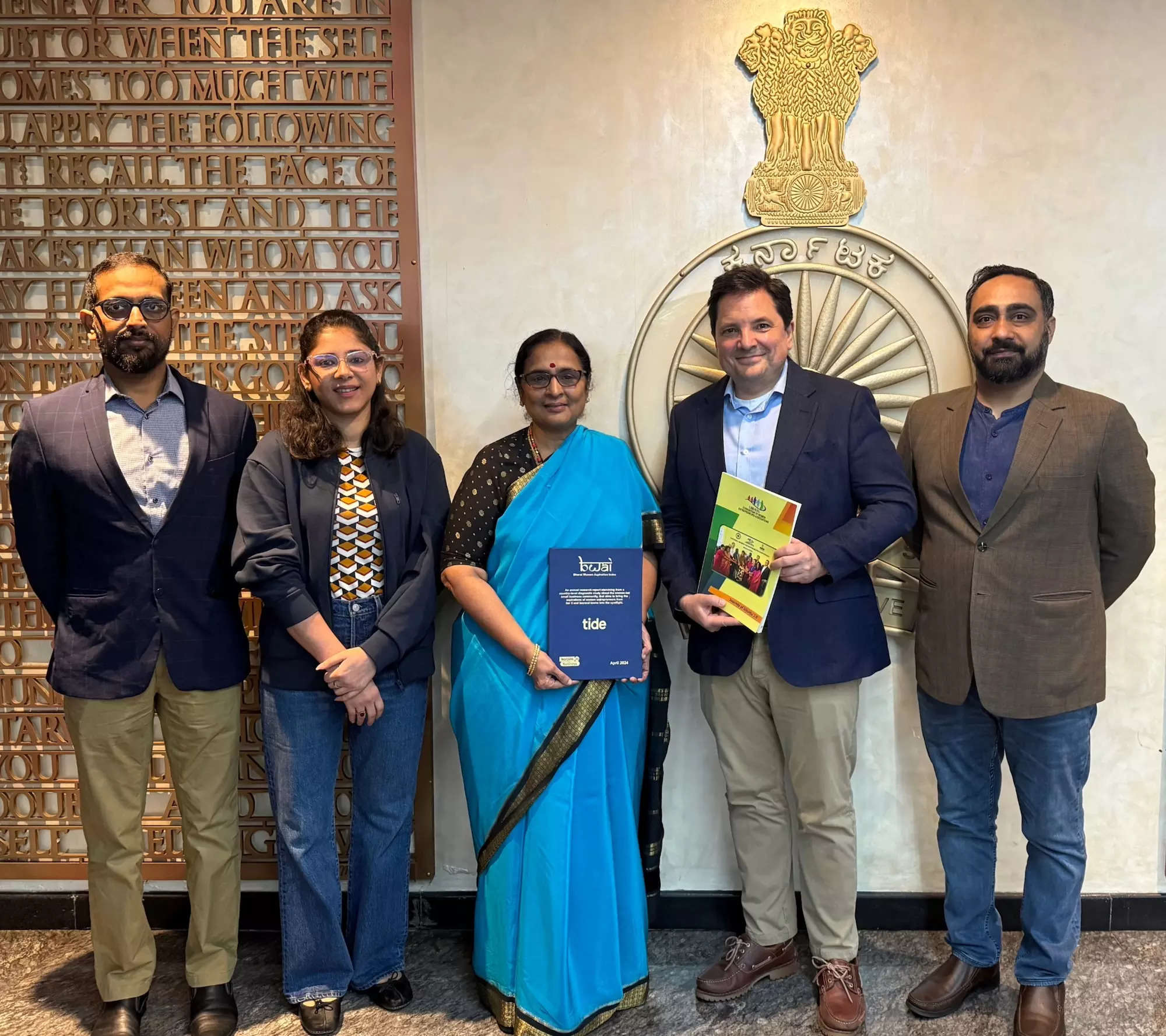
On April 21, 1760, The Society for the Encouragement of Arts, Manufactures, and Commerce hosted the first modern public art exhibition in London. This event marked the beginning of a series of fine art exhibitions held by the institution, which later became known as the Society of Arts.
While serving as a platform for artists to connect with an audience and sell artwork, these art exhibitions also play a crucial role in promoting intellectual discourse. They deepen our understanding of the world, allowing artists to convey a message, educate, raise awareness, or introduce new ideas, stimulating intellectual engagement.
In 1948, Fernando Amorsolo's paintings were displayed at the Malacañang Palace, marking the first art exhibition of a Filipino artist after World War II. This exhibition signaled a significant shift in Amorsolo's art. He moved from his typical pastoral scenes to portraying a war-torn nation. His subjects included women mourning their dead husbands, people leaving a burning city with makeshift bags and pushcarts, and the lives and struggles of Filipina women during the war.
In the local art scene, there's the Ateneo Art Gallery, the pioneering museum of modern art in the Philippines. Established in 1960 through Fernando Zóbel's bequest to the Ateneo de Manila University of his collection of works by key Filipino post-war artist, the AAG is a unique art resource for the university community and the general public.
The Gallery's fine prints and drawings collection consists of over 300 artworks by local and some international artists from the Renaissance to the present. The significant artworks that includes etchings, engravings, woodcuts, lithographs, and other graphic art media represent over 80 artists, including Rembrandt, Goya, Delacroix, Toulouse-Lautrec, and Picasso. This Gallery spearheaded the art exhibitions of the modern times.
In the early 1960s, modern art in the Philippines saw a significant expansion, mainly due to the establishment of private galleries supporting new artistic expression forms. Notable among these were the Philippine Art Gallery, founded by Lyd Arguilla, and the Luz Gallery, managed by Arturo Luz.
The emergence of these galleries was not a coincidence but a response to the economic and urban changes in Manila, particularly in the district of Makati.
Makati emerged as the new financial district and a model for modern urbanism, heavily influenced by artist Fernando Zóbel. Makati's influence on the art scene was profound, inspiring artists and shaping the direction of modern art. During the 1960s and 1970s, various commercial and artist-run independent spaces, such as Arts Laboratory and Shop 6, were also established. These spaces played a crucial role in providing support and opportunities for artists to build networks and showcase their works in solo and group exhibitions.
For the emerging generation of Philippine artists, the influence of abstract expressionism, minimalism, assemblage art, and European and US art movements was profound.
Access to publications and interpersonal exchanges enabled them to engage with the discourses associated with these movements, fostering a sense of connection to the global art community.
As the decade progressed, artists who had lived or traveled abroad returned to the Philippines with news of developments in artistic practices, discourses, and political positions. This influx of knowledge and experience contributed significantly to the early stages of what would later be termed 'experimental art.' Still, the most significant part is that they could showcase their works through art exhibitions.
It's fascinating how the establishment of private galleries provided artists with an avenue to showcase their art. These spaces played a crucial role in providing support and opportunities for artists to build networks and showcase their works in solo and group exhibitions.
Additionally, these art exhibitions are not just platforms for artists to showcase their work but also crucial stepping stones in their careers. They allow participants to feel seen and heard, learn about other's art, and receive support and appreciation for their art. Moreover, they provide opportunities to meet art buyers and enthusiasts.
Indeed, art exhibition is an essential and inspiring part of an artist's career, motivating them to continue their artistic journey.
Read The Rest at :





